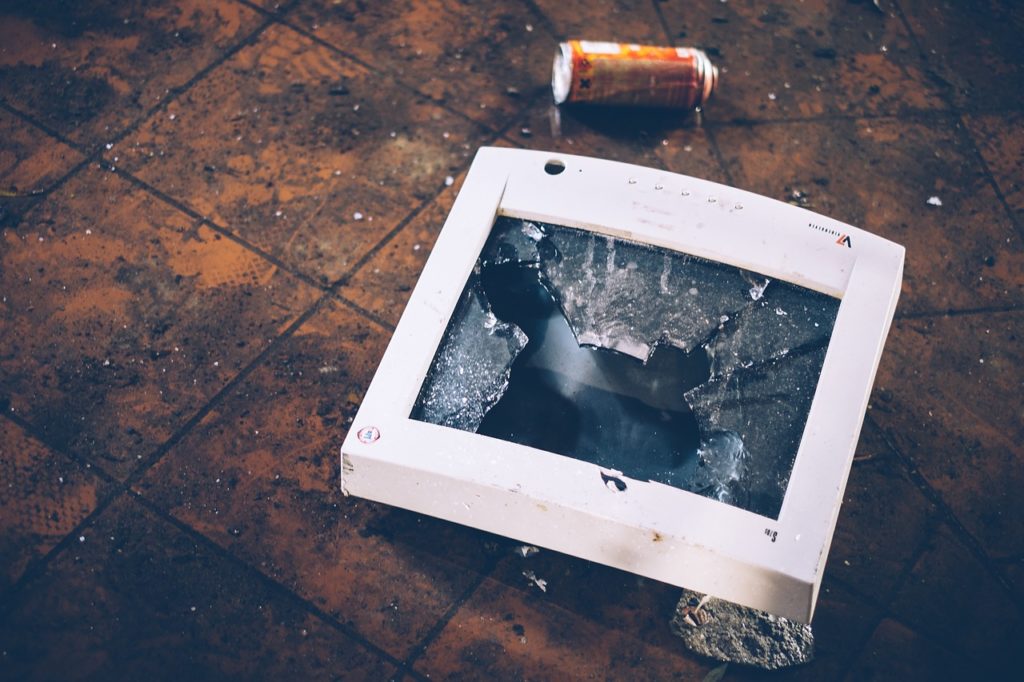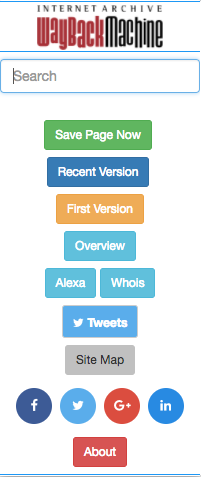This is part of an an occasional series, “Digital Preservation For the Rest of Us”.
What books would you recommend about digital preservation? Starting my subject on it next week.
— KG (@kassi_grace) 8 November 2017
Sorry, Kassi, I know I said I’d post this days ago!
If you’re a digital preservation beginner, you might be looking for a great resource to help you catch up on where the sector is at. This brief post will include a few choice books and other resources for digipres beginners. They’re in no particular order, and are totally my own opinions.
For the complete beginner, it’s hard to go past the Digital Preservation Handbook, hosted by the Digital Preservation Coalition. It provides lots of accessible, non-technical introductions to the topic, as well as lots of videos, task lists and links to other resources. Have a read of the ‘Digital Preservation Briefing’‘ if you need a gentle introduction.
For a holistic view of digital preservation, I can’t go past The Theory and Craft of Digital Preservation by Trevor Owens. The preprint is on LISSA right now, with the monograph due out in early 2018. It does a magnificent job of explaining not just the nuts and bolts of digipres, but the underlying philosophy and theory that informs our practice. I’ve been recommending this since the day the preprint went up, and I fully expect this will be a widely-used textbook for students in the field.
If you’re near a print library or repository of some kind, you probably want a few things from this pile:
We raided our #DigitalPreservation library earlier for some of the sources we love #archivehour pic.twitter.com/9j4Dvq2HoM
— Garth Stewart (@GarthStewart1) 26 October 2017
In particular, I recommend Practical Digital Preservation: a how-to guide for organizations of any size by Adrian Brown (full of firm, practical advice), Is Digital Different? edited by Michael Moss, Barbara Endicott-Popovsky and Marc J. Dupuis (hint: yes) and, if you’re new to archives and preservation in general, Archives: principles and practices by Laura Millar (I have the 1st edition, but I hear the 2nd is even better).
Due out in March next year is the third edition of Preserving Digital Materials by Ross Harvey and Jaye Weatherburn. Both Australian authors (woo!), the book promises to be a one-stop shop for digital preservation practitioners. I’ll definitely be getting a copy of this when it comes out.
Re-collection: Art, New Media and Social Memory by Richard Rinehart and Jon Ippolito examines the topic from a curatorial perspective, which may be more accessible to those with museum or gallery backgrounds. I admit I haven’t read this myself, so I’m recommending it sight unseen, but the authors definitely know their stuff.
Finally, for a light-hearted look at the access side of digital preservation, have a look at ‘Accessing born-digital content: a look at the challenges of born-digital content in our collection’ by the NLA’s Gareth Kay. It’s a nice illustration of why digital preservation matters—works will be lost forever if they’re not preserved!
I hope this list is a useful one! Let me know if I missed any good resources 🙂



